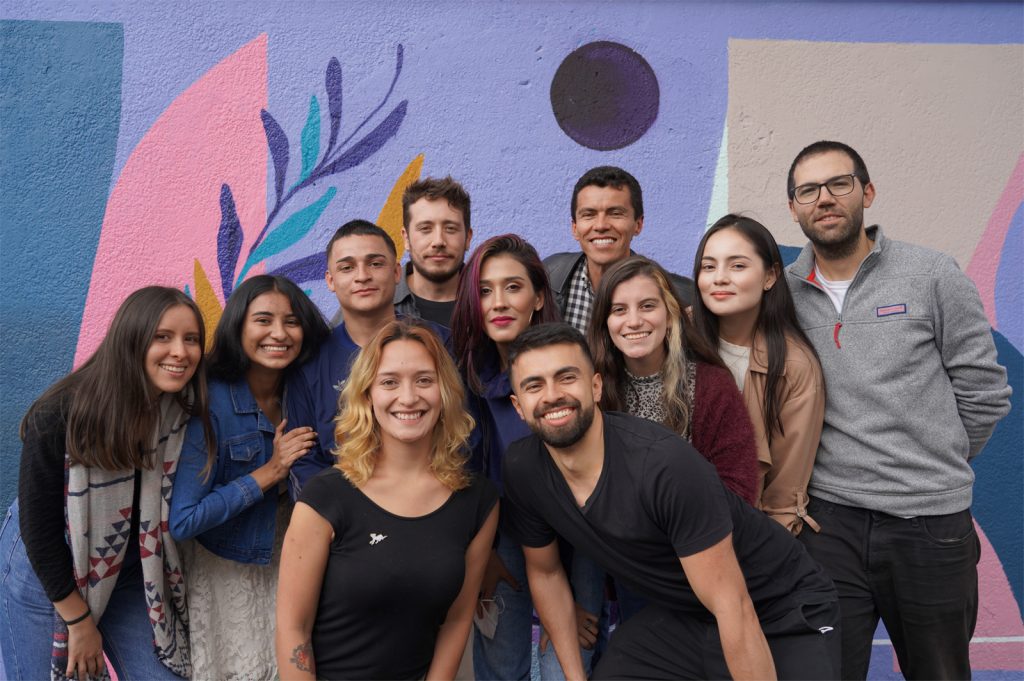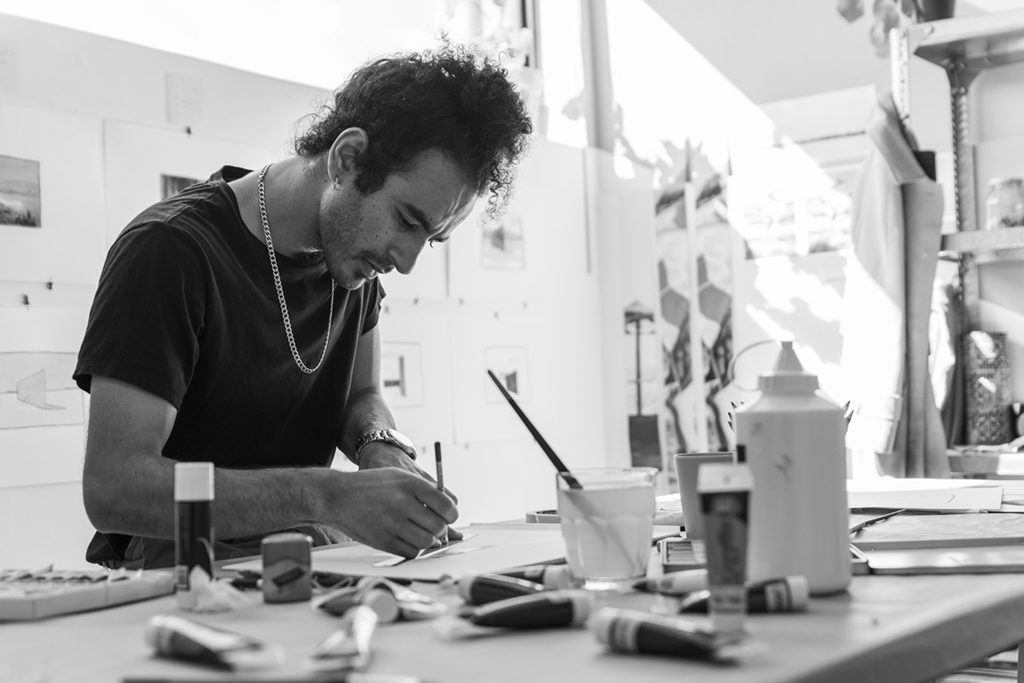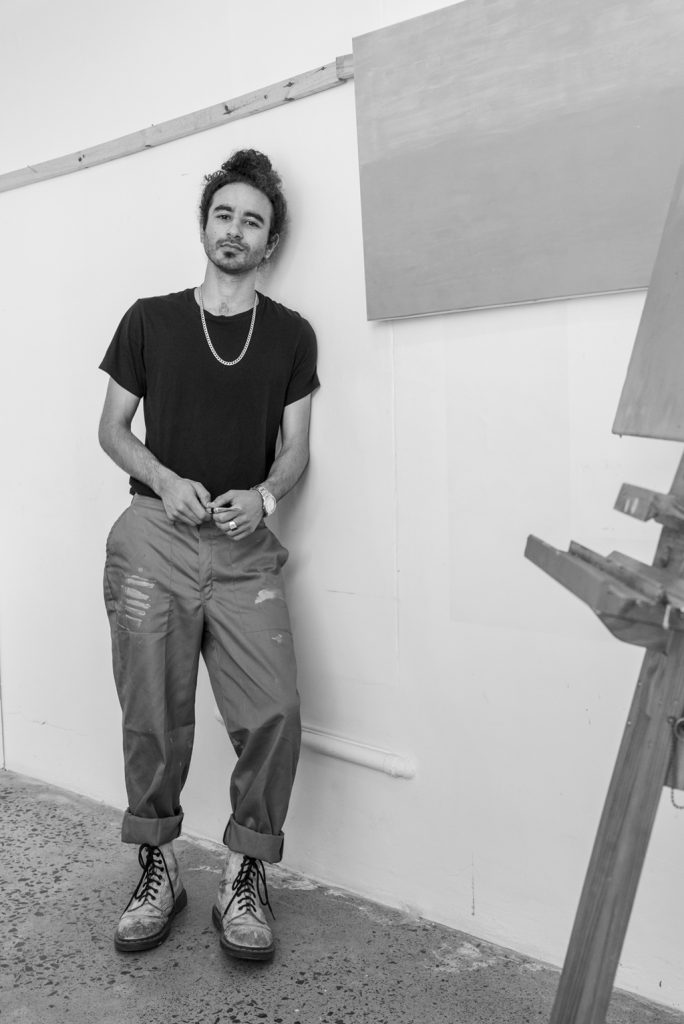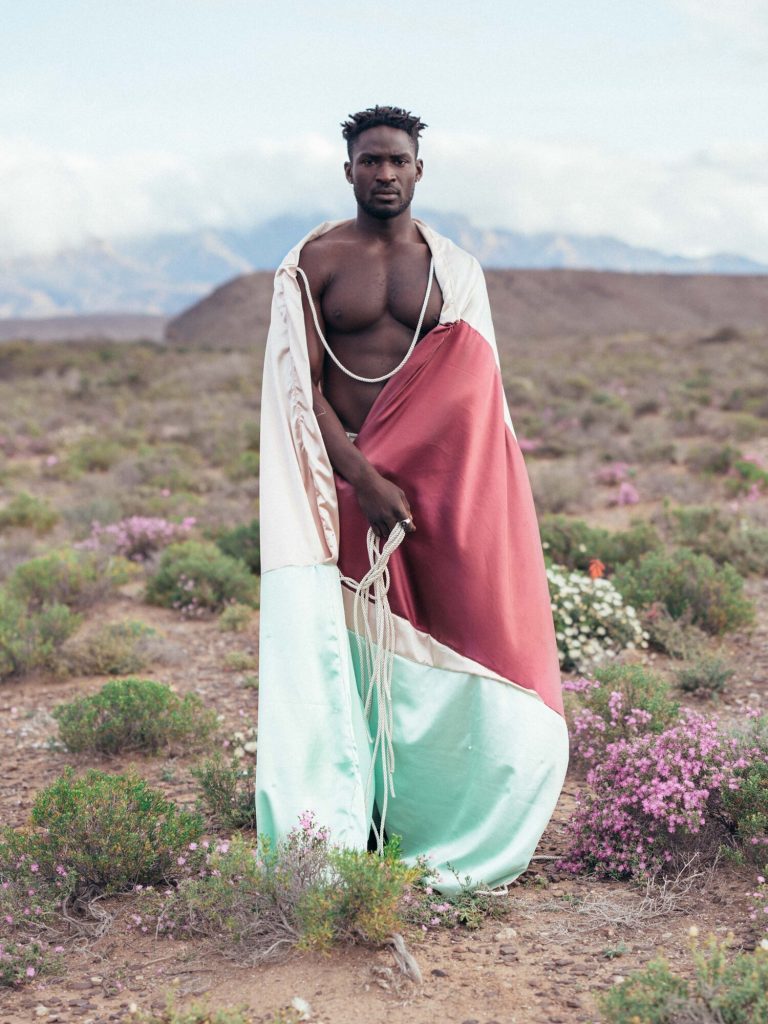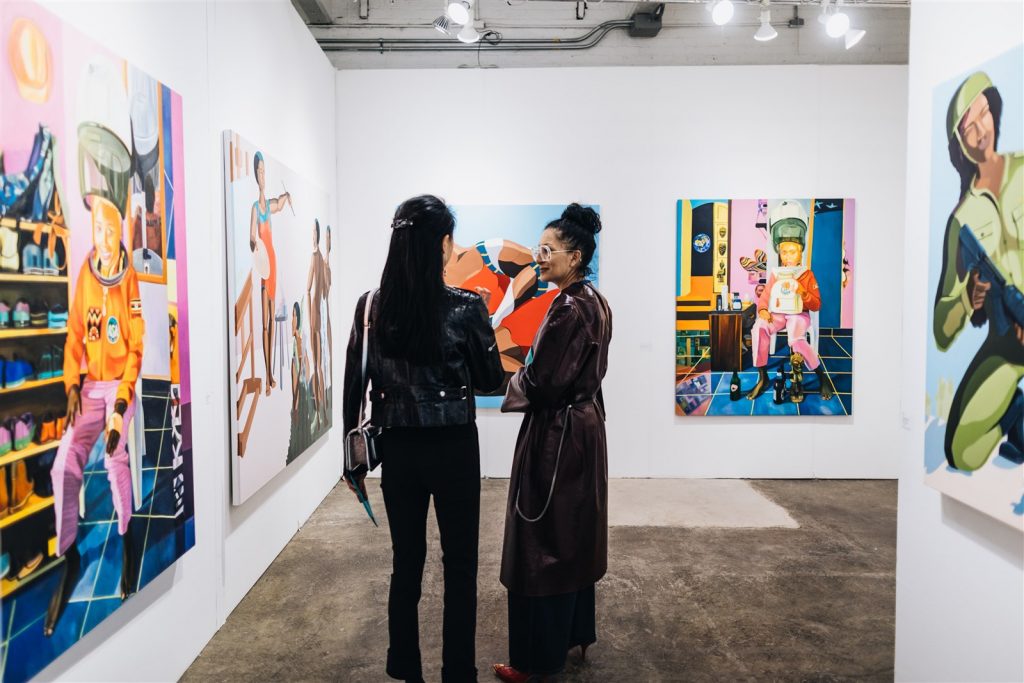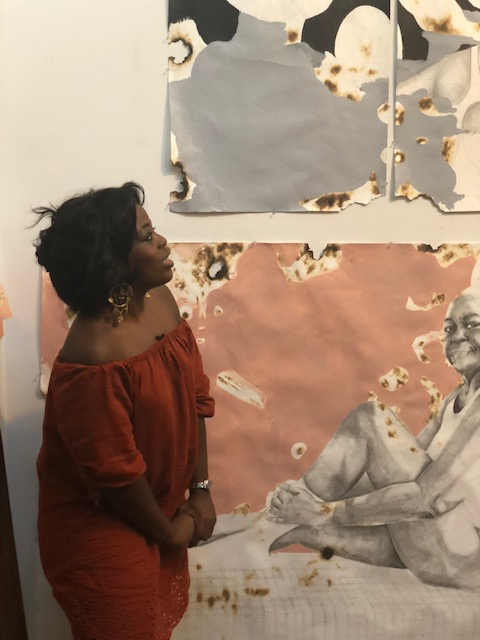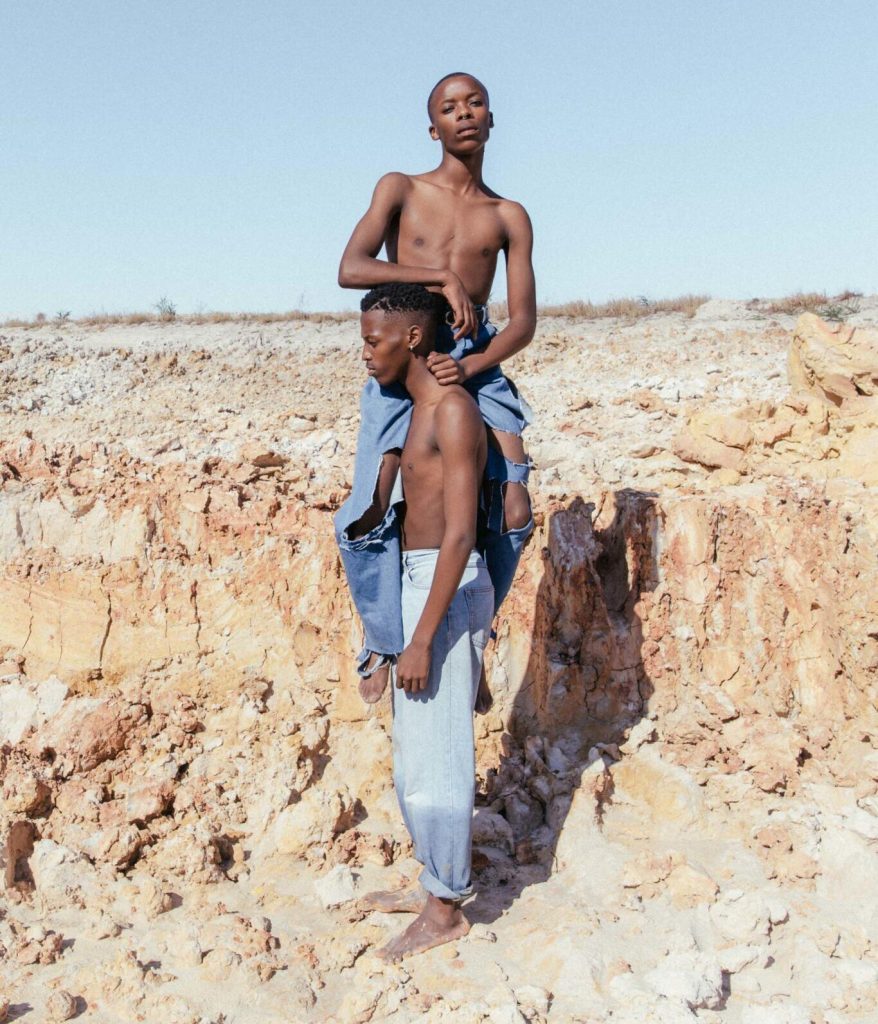
In 2024, Tauck Ritzau Innovative Philanthropy is supporting indigenous cultural groups in Panama. TRIP’s support aims to increase education of cultural diversity in a region made notable by being ‘a country between two continents’. The multi-partner grant includes support to Biomuseo, a landmark cultural institution designed by Frank Gehry, for their new educational program, “The Forests of the Darien”, which addresses the Darien region of Panama.
The biodiverse country of Panama has been home to diverse cultures and communities for centuries, with a rich constellation of indigenous heritage as well as influences from colonial influences, the Spanish, Chinese, Afro-Caribbean, American and French involvement. Today, at least seven large indigenous communities continue to thrive across Panama, including the Ngäbe, the Buglé, the Guna, the Emberá, the Wounaan, the Bri bri, and the Naso Tjërdi; about 425,000 inhabitants or 12% of the Panamanian population identify as indigenous. Panama is changing. Today’s inbound populations of Haitian, Cuban, Venezuelan, Ecuadorian, Afghan, Chinese and other migrant refugees is impacting Panama in unprecedented ways, prompting both cultural and natural heritage organizations to initiate such studies and educational programs as those of Biomuseo.
In support of this work, TRIP has co-created initiatives with the Impact Fund of Tourism Cares the largest non-profit organization in the international travel industry; for which Robin Tauck, Founder of TRIP, serves on their Board of Directors.
Portobelo and Achiote Communities
Portobelo is a pristine and quiet harbor on the Caribbean Sea with a torrid past. During the 1700’s, it was the hidden port for ships carrying gold and other products of colonial occupation across to Spain. Remnants of slave history remain. Today, a vibrant Afro Caribbean community in the area uses the area to showcase arts and dance practices. TRIP is supporting the first-ever grant to Fundacion Los Naturalistas for the opening Portobelo National Park; TRIP’s grant will support the hiring of park rangers and training.
In addition, TRIP is partnering with Tourism Cares and APTSO to support the El Tragon Trail and interpretation programs at Achiote, one of the top native bird and sloth sanctuaries in Panama. Near San Lorenzo National Park, Achiote is one of the best places in the world to observe local, protected wildlife in their natural habitats.
Biomuseo & the Darien Peninsula: A New Exhibition
The Darien Peninsula of Panama is one of the most significant jungles in the world. It is home to three cultural indigenous groups: the Guna, the Embera and the Wounaan.
Each group has their own territories, languages and traditions, many are fragile and endangered by industrial encroachment and mass migration. Today, hundreds of thousands of migrants are crossing the treacherous Darien Gap; a humanitarian crisis.
TRIP’s support of Biomuseo and related initiatives pertaining to the Darien will enable one of Panama’s most-visited museums to showcase the country’s important cultures, significant biodiversity, critical marine protectorates, and unique topography in an effort to educate, galvanize and inspire the advancement of conservation projects, many of which concurrently address current global issues such as migration, deforestation and other issues.
The new “Forests of the Darien” exhibit is designed for mobility, reach and access. It will travel first to Metiti, a community deep within the Darien, enabling local communities – including seven schools serving over 200 children – to first engage with the material. The 12 exhibit panels and teaching programs are strategically designed to allow those without much access to cities or the permanent location of Biomuseo to benefit equally from its work. Per Victor Cucalon Imbert, Executive Director of Biomuseo:
This international grant and the traveling project is exciting and needed, as many cultures co-exist, adapt in real time and face unprecedented environmental and social challenges. We are grateful to TRIP & Tourism Cares for their sustainability focus on Panama.
—Victor Cucalon Imbert, Executive Director of Biomuseo

We are grateful for the support and partnership of Biomuseo, Tourism Cares, and the community partners across Panama enabling this project. Promoting cultural understanding and reaching new audiences with messages of conservation and adaptation are workstreams that are core to our mission and values. TRIP looks forward to bringing this case study to the Meaningful Travel Summit and including it in the Meaningful Map of Panama in 2024.

